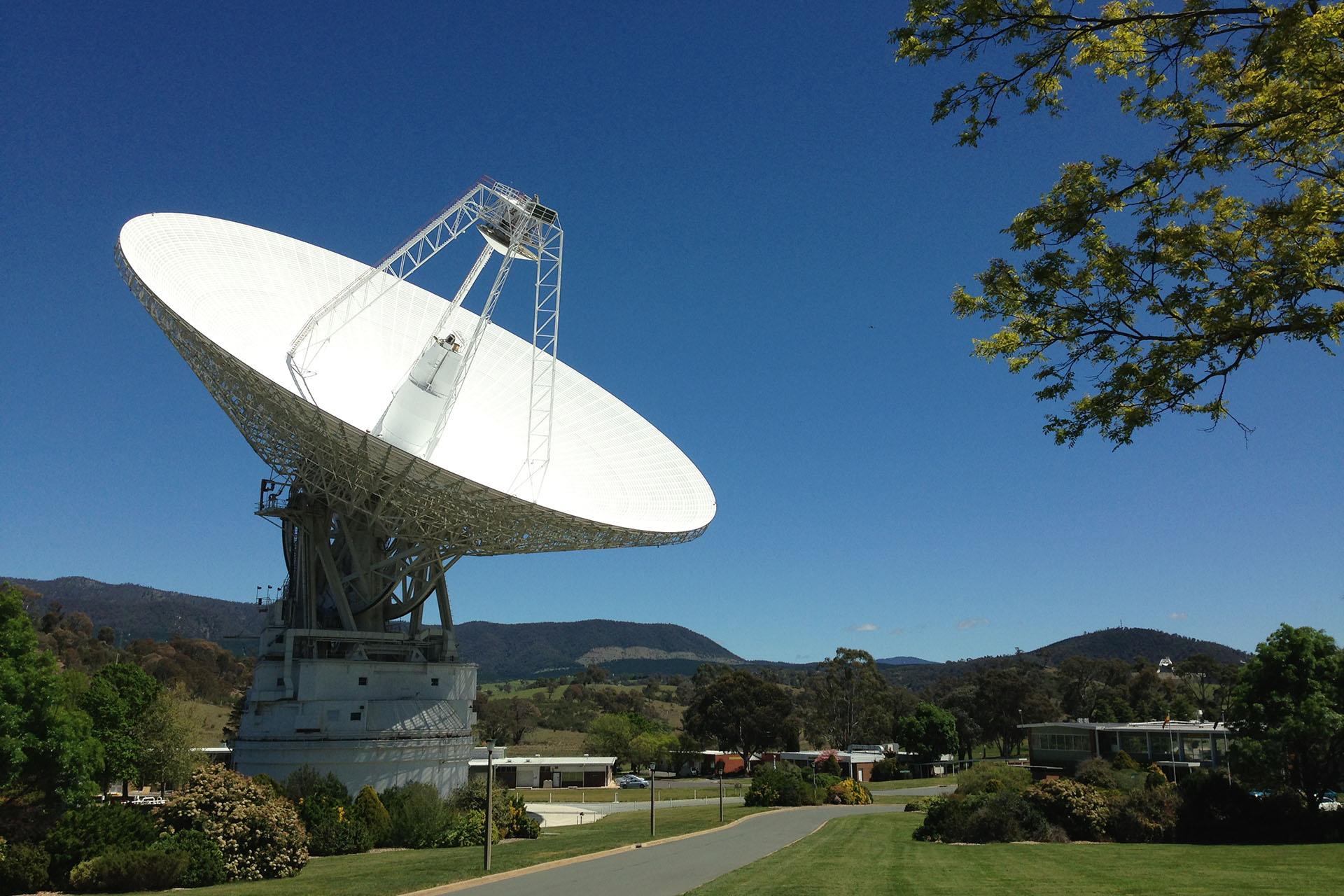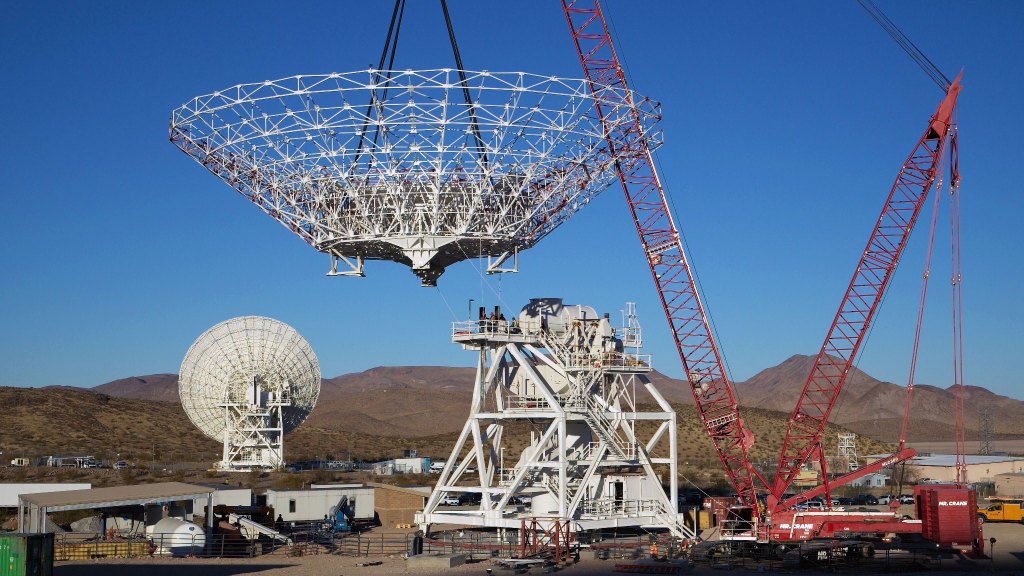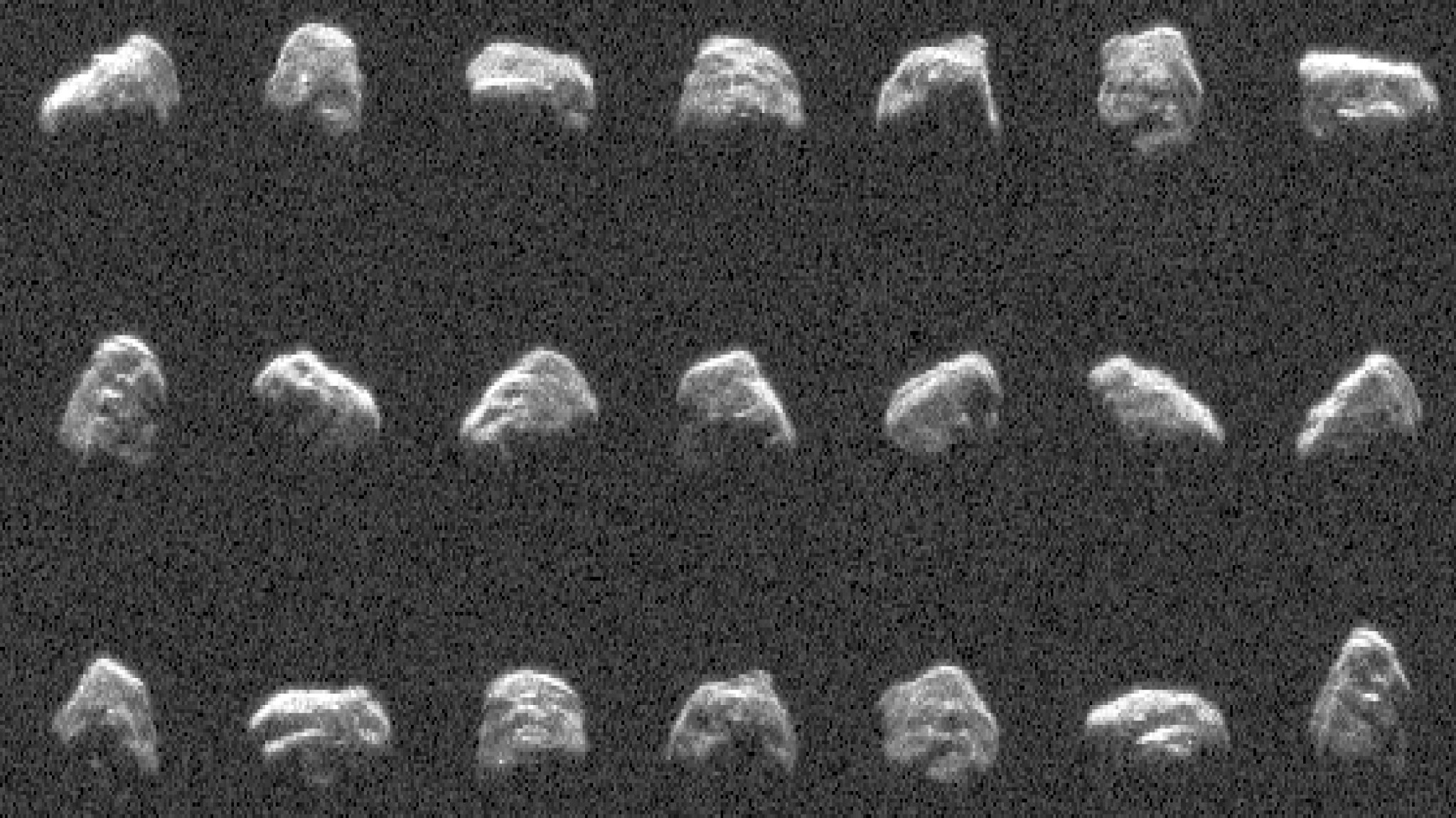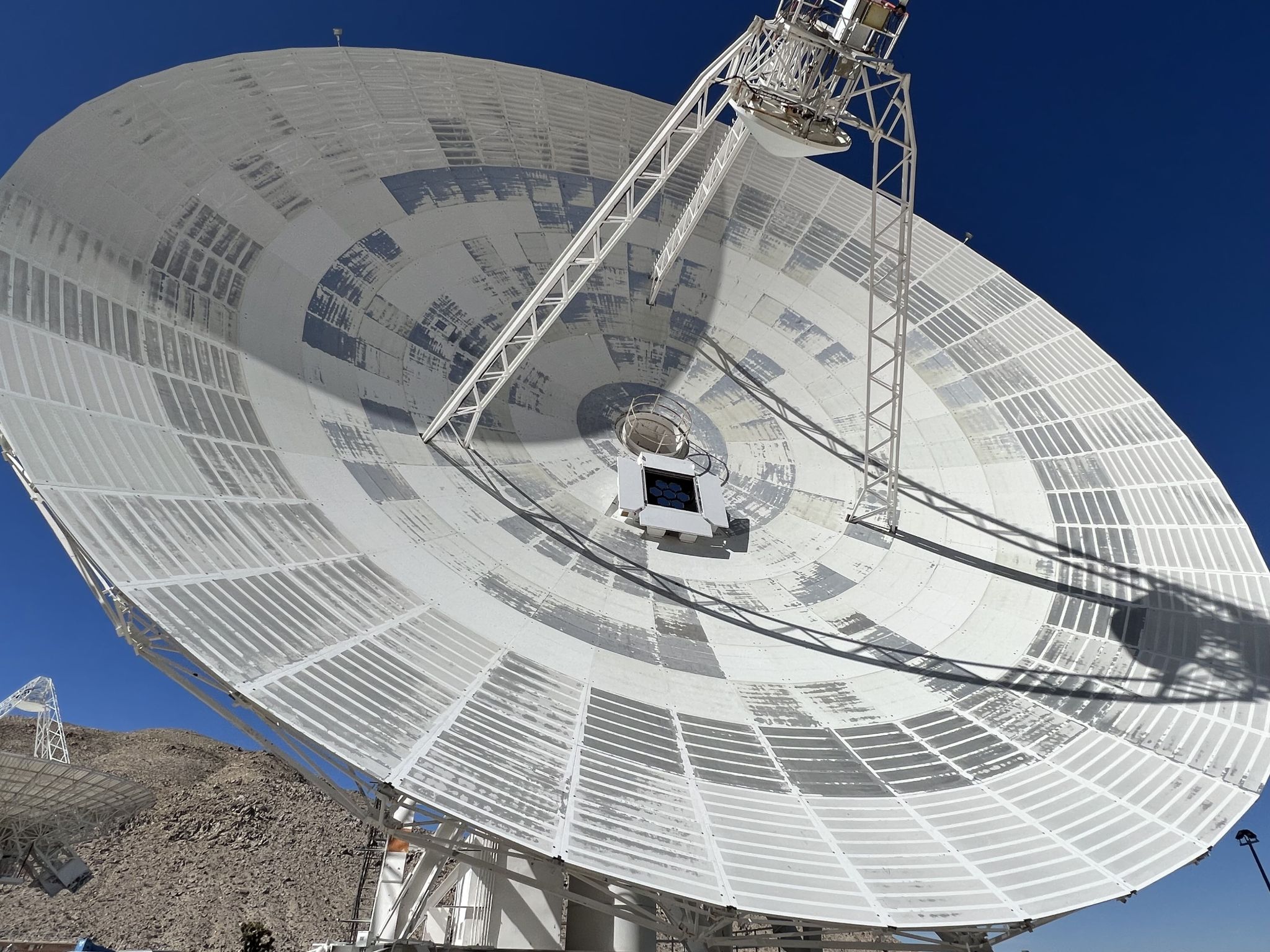NASA Deep Space Station 43 (DSS-43), a 230-foot-wide (70-meter-wide) radio antenna at NASA’s Deep Space Network facility in Canberra, Australia, is seen in this March 4, 2020, image. DSS-43 was more than six times as sensitive as the original antenna at the Canberra complex, so it could communicate with spacecraft at greater distances from Earth. In fact, Canberra is the only complex that can send commands to, and receive data from, Voyager 2 as it heads south almost 13 billion miles (21 billion kilometers) through interstellar space. More than 15 billion miles…
Read MoreTag: deep space network
NASA’s New Deep Space Network Antenna Has Its Crowning Moment
4 min read Preparations for Next Moonwalk Simulations Underway (and Underwater) A crane lowers the steel reflector framework for Deep Space Station 23 into position Dec. 18 on a 65-foot-high (20-meter) platform above the antenna’s pedestal that will steer the reflector. Panels will be affixed to the structure create a curved surface to collect radio frequency signals. NASA/JPL-Caltech After the steel framework of the Deep Space Station 23 reflector dish was lowered into place on Dec. 18, a crew installed the quadripod, a four-legged support structure that will direct radio…
Read MoreNASA’s Planetary Radar Tracks Two Large Asteroid Close Approaches
The Goldstone Solar System Radar, part of NASA’s Deep Space Network, made these observations of the recently discovered 500-foot-wide (150-meter-wide) asteroid 2024 MK, which made its closest approach — within about 184,000 miles (295,000 kilometers) of Earth — on June 29. NASA/JPL-Caltech The Deep Space Network’s Goldstone planetary radar had a busy few days observing asteroids 2024 MK and 2011 UL21 as they safely passed Earth. Scientists at NASA’s Jet Propulsion Laboratory in Southern California recently tracked two asteroids as they flew by our planet. One turned out to have…
Read MoreNASA’s New Experimental Antenna Tracks Deep Space Laser
5 min read Preparations for Next Moonwalk Simulations Underway (and Underwater) Deep Space Station 13 at NASA’s Goldstone complex in California – part of the agency’s Deep Space Network – is an experimental antenna that has been retrofitted with an optical terminal. In a first, this proof of concept received both radio frequency and laser signals from deep space at the same time. NASA/JPL-Caltech Capable of receiving both radio frequency and optical signals, the DSN’s hybrid antenna has tracked and decoded the downlink laser from DSOC, aboard NASA’s Psyche mission.…
Read MoreNASA’s Deep Space Network Turns 60 and Prepares for the Future
The radio antennas of the NASA’s Canberra Deep Space Communications Complex are located near the Australian capital. It’s one of three Deep Space Network complexes around the world that keep the agency in contact with over 40 space missions. The DSN marks its 60th anniversary in December 2023. NASA/JPL-Caltech A single radio antenna dish stands alone at the Deep Space Network’s Canberra complex in this photo from 1969, six years after the DSN was founded. Canberra now consists of three 34-meter (112-foot) antennas and one 70-meter (230-foot) antenna. NASA/JPL-Caltech The…
Read MoreNASA’s Deep Space Network Upgraded
NASA is upgrading its Deep Space Network to keep up with the demands of modern interplanetary communications. The post NASA's Deep Space Network Upgraded appeared first on Sky & Telescope.
Read More


